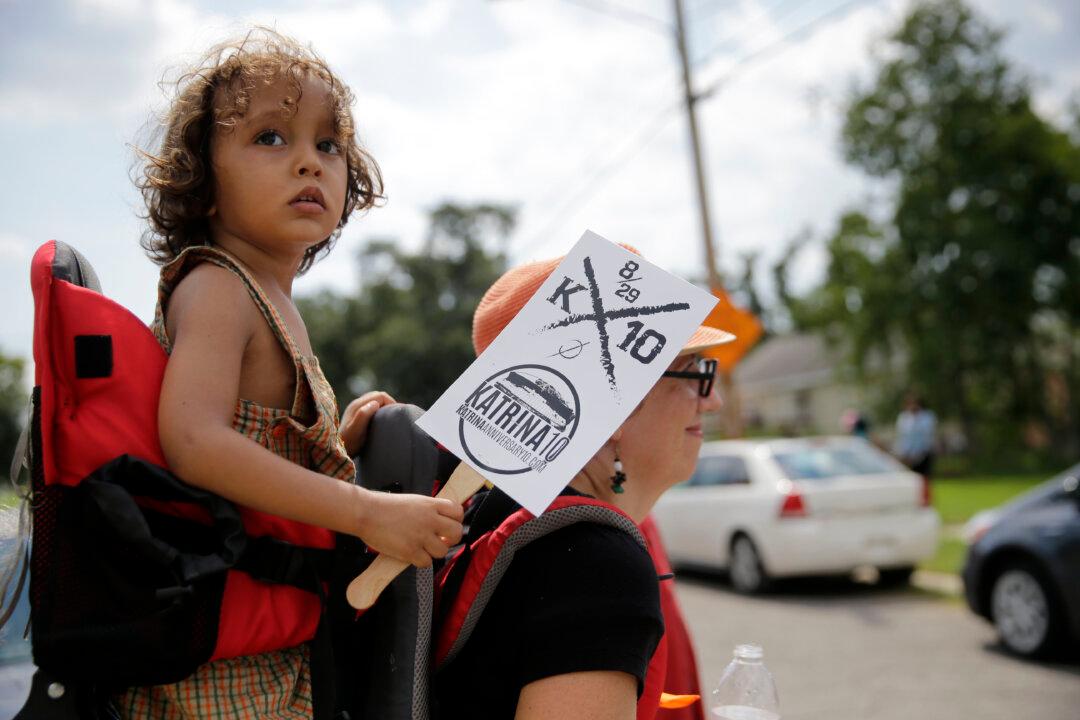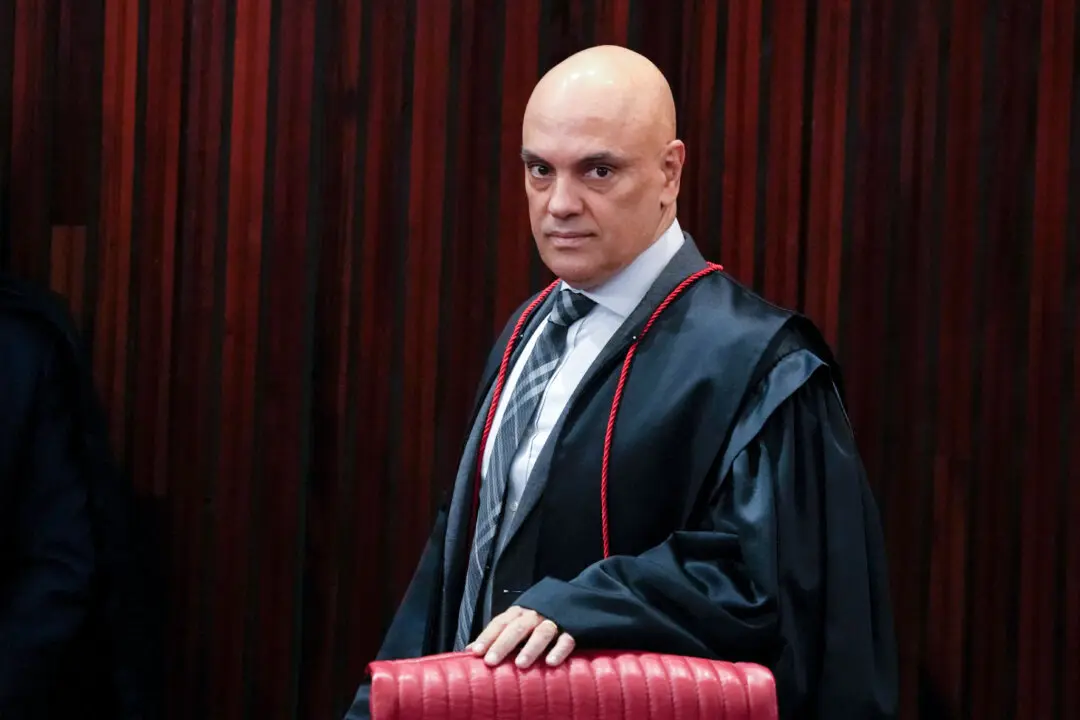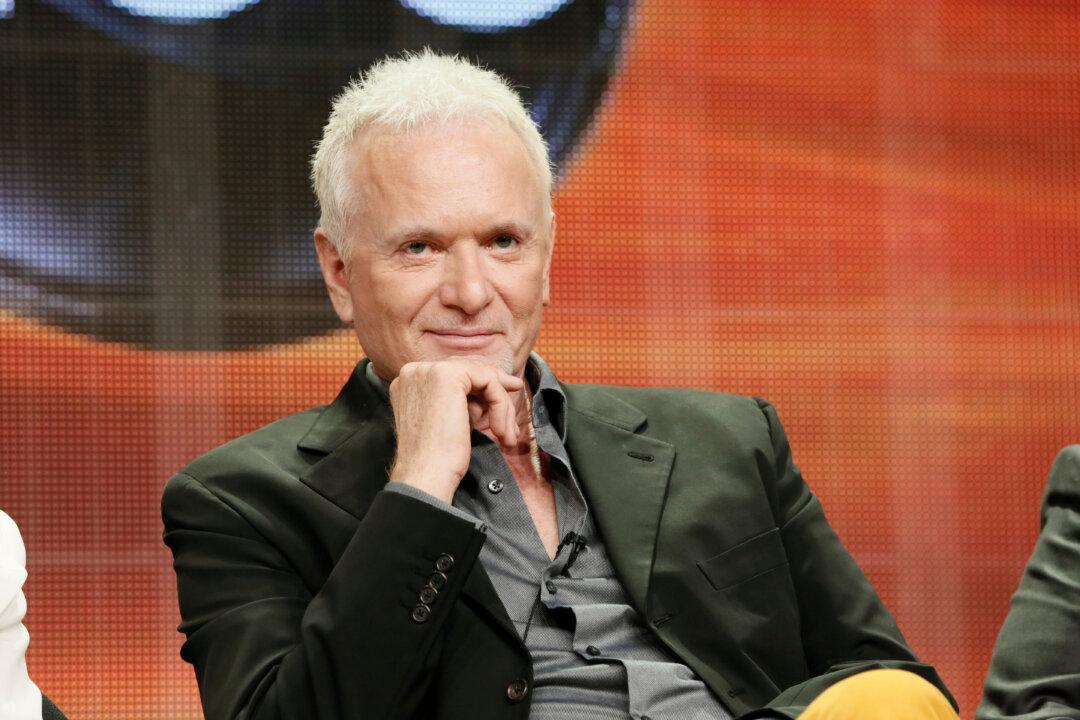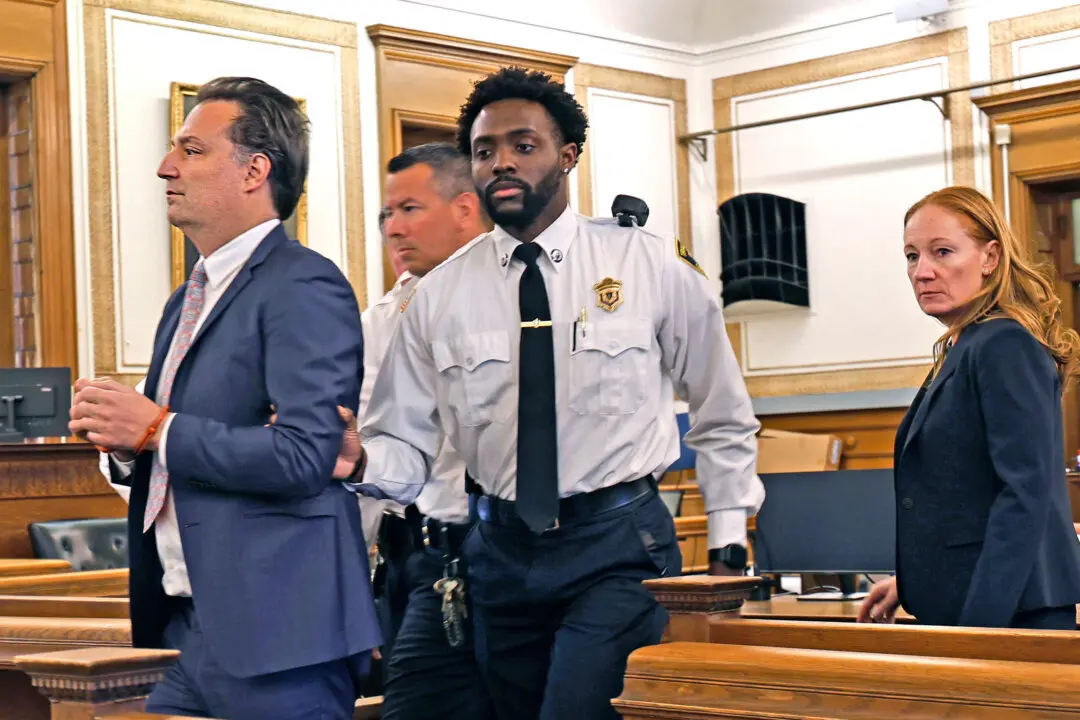NEW ORLEANS— The Gulf Coast and New Orleans observed the 10th anniversary of Hurricane Katrina, one of the deadliest storms in American history, in ways both devout and festive. Church bells rang and brass bands played as people across the storm-ravaged coast remembered the past and looked to the future.
“Some people said that we shouldn’t come back. Some people said that we couldn’t come back,” said New Orleans Mayor Mitch Landrieu. “Yet 10 years later here we are. Still standing.”
The storm killed more than 1,800 people and caused $151 billion in damage, in one of the country’s deadliest and most costly natural disasters. Many of the dead came in New Orleans when levees protecting the city burst, submerging 80 percent of the Crescent City in water.
The dead and those who still struggle to rebuild were not far from anyone’s thoughts Saturday, from Mississippi where church bells rang out to mark when the storm made landfall to a commemoration at the New Orleans memorial containing bodies of people never claimed or never identified.





